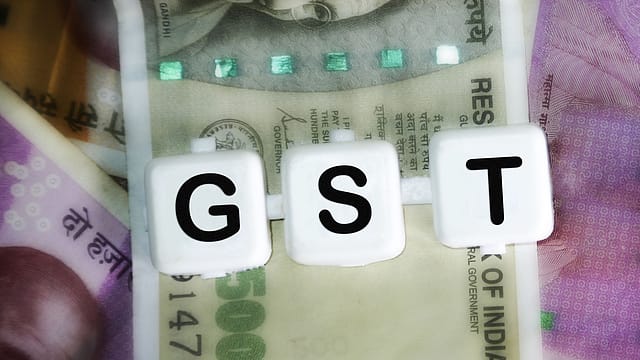Budget 2024: EV industry proposes GST cut on lithium-ion batteries
ADVERTISEMENT

India's electric vehicle industry is seeking an extension of the FAME II (Faster Adoption & Manufacturing Electric Vehicles) subsidy and a reduction in the goods and services tax (GST) on lithium-ion batteries to facilitate the EV transition.
Currently, lithium-ion batteries attract 18% GST.
Industry body India Energy Storage Alliance (IESA) recommends the government to reduce the GST rate on lithium-ion batteries to 5%, saying this can be a game-changer in facilitating the expansion of large-scale energy storage deployment and e-mobility across the country.
"We expect the upcoming Union Budget 2024 to consider a special incentive program for battery raw materials and chemical processing and tax incentives which will bring more investments to India’s fast-growing energy storage industry. Also, the rationalisation and reduction of GST rates to 5% for batteries for different applications across e-mobility and stationary storage would result in a reduction of overall system cost immediately," says Rahul Walawalkar, founder and president of India Energy Storage Alliance and President and managing director of Customized Energy Solutions (CES).
IESA is also seeking an extension of the production-linked incentive (PLI) scheme for ACC battery manufacturing given the large-scale requirement of battery storage in India.
According to Mayank Bindal, founder and CEO, EV fleet operator Snap-E Cabs, since batteries are a major cost component in EVs, the move to reduce the cost of batteries will make the product more lucrative for buyers. This comes at a time when many state transport authorities have announced the replacement of petrol and diesel cabs with EVs by the end of this decade. "One of the most anticipated schemes to be continued is the FAME II subsidy (Faster Adoption & Manufacturing Electric Vehicles). This subsidy was announced in 2019 having a validity for 3 years. It is expected that the govt will continue this for the next few years in response to decarbonising the environment and achieve the targets of net zero goals," says Bindal.
January 2026
Netflix, which has been in India for a decade, has successfully struck a balance between high-class premium content and pricing that attracts a range of customers. Find out how the U.S. streaming giant evolved in India, plus an exclusive interview with CEO Ted Sarandos. Also read about the Best Investments for 2026, and how rising growth and easing inflation will come in handy for finance minister Nirmala Sitharaman as she prepares Budget 2026.
"We look forward to EV financing getting priority sector lending status as the government's ambitious target of 30% penetration to be achieved by 2023," Bindal adds.
The reduced GST rates on EVs have helped narrow the price gap between EVs and fuel-based vehicles. EVs are taxed at 5% compared with 28% GST levied on ICE vehicles.
"We believe that any extension of the FAME subsidy and removing all caps on the ex-factory price of EVs would greatly enhance our position. When the government launches initiatives that encompass technology development in India, we advocate for a subsidy structure without segment caps. Encouraging multiple segments is crucial, and technology, being universal, shouldn't be restricted," says Niraj Rajmohan, co-founder and chief technology officer of Ultraviolette. Presently, FAME subsidy eligibility is determined by the price cap on EVs.
Sushant Kumar, founder and managing director of AMO Mobility, urges the government to expand the FAME scheme and significantly increase its budget. FAME II, which was initially funded with ₹10,000 crore, has upended the EV industry.
"We eagerly await the government's decision to extend the FAME III scheme in the budget. FAME has significantly accelerated electric vehicle adoption in India... Extending and adequately funding the scheme has the potential to boost EV sales to over 10 million per year by 2030, create over 2 million jobs, and significantly reduce carbon emissions. This would not only invest in the future of mobility, but also position India as a global leader in electric vehicles," says Kumar.
"To boost the electric two-wheeler sector, the government should reduce the GST on e-bikes and scooters from 5% to 2%, making them more affordable," Kumar says, adding that expanding charging infrastructure and battery swapping stations, particularly in urban areas and along highways, is critical for addressing range anxiety.
